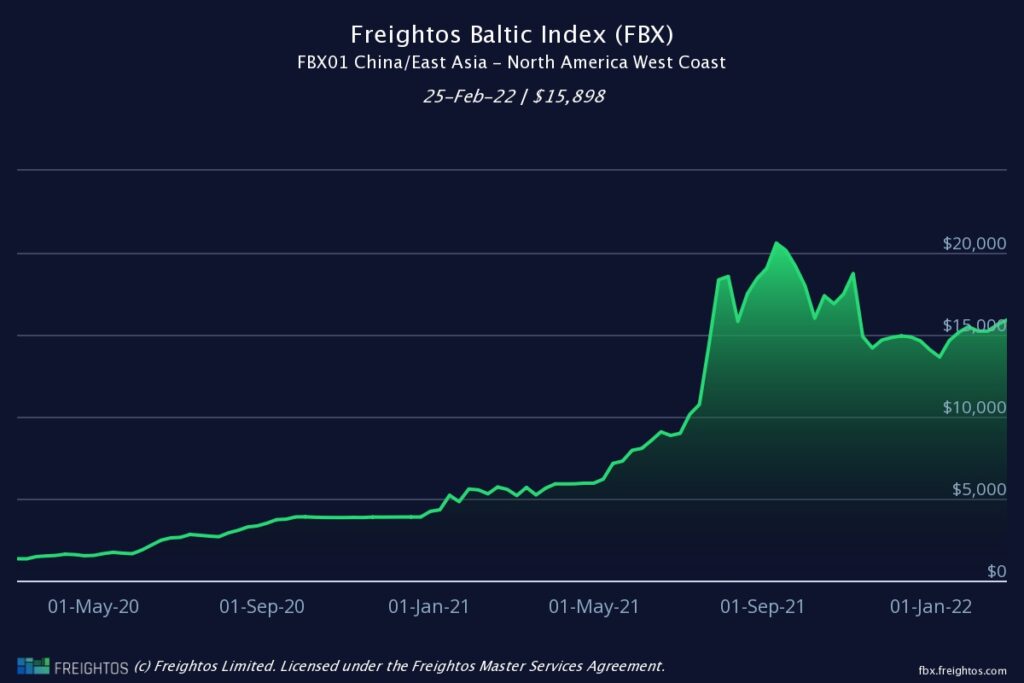In the late 1970s, McDonalds set out to launch Chicken McNuggets. But they ran into a pricing challenge; consumers hate price changes (at least, price increases) and like most commodities, the cost of chicken changes.
They drew a blank when looking for a chicken farmer that would commit to a fixed price. No fixed chicken price, no fixed Chicken McNugget price, which meant no McNuggets.
Until Ray Dalio, the legendary founder of Bridgewater Capital came up with a suggestion. The largest amount of volatility for the cost of chicken stems from the cost of chicken feed. By hedging the future price of soybeans, Dalio helped one of the largest chicken producers offer McDonalds a stable fixed cost. And we all benefit (with apologies to vegetarians, of course0.
Say hello to the future(s)
While this may have been innovative in the 70s, futures are now a central part of how multinationals plan to minimize the risk of price volatility. The futures market is about far more than speculation – it’s how airlines can protect themselves against rising jet fuel costs or how international retailers protect against exchange rate fluctuations.
Which brings us to international freight.
The financial impact of global trade has always been enormous but never more so than today. Accelerated by lockdowns and increases in the consumption of goods, global trade hit $28.5 trillion dollars in 2021, up 13% from 2019.
This did not come without its own major COVID-driven supply chain challenges.
The cost of importing a 40’ container from China to the United States West Coast grew 1,000% from $1,800 in 2019 to over $20,000 in September 2021 according to our Freightos Baltic Index (FBX). Securing space on overbooked ocean liners became a challenge as demand outstripped supply and ocean liners became more selective about whom they worked with…and when. Congestions at ports, lockdowns, and natural disasters doubled transit times. And throughout it all, retailers and consumers paid the price.

It’s challenging to get fixed prices for global freight. Annual and multi-year fixed price contracts are frequently negotiated, but when they become most critical – high or low prices beyond the bound of anticipation – they become less enforceable. In 2016 many companies abandoned their fixed-price contracts to avail themselves of the low spot market. Conversely in 2021 when rates were sky high, suddenly companies that had negotiated fixed rates couldn’t get their cargo on the ship without paying an extra premium surcharge.
Our global freight index – the FBX – needed to adapt to this new reality in 2021 and indeed we updated our methodology to incorporate the cost of premium surcharges into our index, so that FBX reflects a realistic spot price . Other indexes chose to wait it out, meaning they may under-represent the real spot price by 25% or more.
Noticeably, supply chain pressures made the jump out of the realm of logistics and into mainstream financial markets. Earnings reports echoed supply chain challenges again and again:
- Walmart, Q3 2021: “Consolidated gross profit rate decreased 42 basis points, primarily due to increased supply chain costs, a higher mix of lower margin fuel business in the U.S. and a shifting international format mix.”
- Amazon, Q3 2021: “In the fourth quarter, we expect to incur several billion dollars of additional costs in our Consumer business as we manage through labor supply shortages, increased wage costs, global supply chain issues, and increased freight and shipping costs.”
- Target, Q3 2021: “This year’s gross margin rate reflected pressure from higher merchandise and freight costs, increased inventory shrink, and increased supply chain costs from increased compensation and headcount in the Company’s distribution centers.”
But unlike other commodity prices, volatility in freight prices – a major factor in underlying costs of raw and finished goods – could not be hedged…
Until today.
Hedging for freight price volatility
About five years ago, Freightos launched our Freightos International Freight Index, or FIFI, a weekly container freight index charting the cost of 40’ containers across core trade lanes.
Since then, we’ve partnered with the Baltic Exchange, a major and trusted name in the maritime sector, so that they could provide oversight to the creation of the benchmark indexes and the indexes were rebranded FBX. We expanded to additional lanes, reaching 12 core trade lanes plus a global average. We refined our data, limiting it to actual pricing used by logistics service providers to ship containers, to ensure validity. Using that same data, we increased the frequency of reporting, becoming the first daily container price index. Then, last year, the Baltic Exchange and Freightos secured IOSCO compliance, making the index compliant as an underlying for derivatives trading on an exchange.
We had long-term plans to introduce the same innovation in the financial markets as Ray Dalio brought to Chicken McNuggets. But the scope of global freight mayhem in 2021 proved that these needed to become short-term plans.
So I am incredibly excited to announce that beginning today, futures for six lanes of the Freightos Baltic Index are available for trading on the CME (Chicago Mercantile Exchange), the world’s largest derivatives exchange, for the trading of futures contracts, which can be used for hedging.
But seriously, what does it mean?
Take a global manufacturer and retailer of mattresses. The cost of shipping a 40’ container plays an important role in their bill of materials, as they can only fit about 40 mattresses into each container. As a result, they went from paying $45 per mattress on shipping to $375 per mattress in 2021.
Without hedging, the manufacturer is left without protection and either reduces margins or passes on costs to customers.
With hedging, the manufacturer takes a percentage of their containers (let’s say 50%) and buys futures of container prices at higher than the current cost ($2,500).
Let’s spend a second unpacking this in more detail.
It’s January and the current price for shipping a container on the relevant lane is $2,000. Our company, MattressCorp, is trying to budget for our pre-holiday shipping of 100 containers in September, but we have no idea what the shipping price will be come September (and in this market, who does?). So we buy 100 futures contracts for September. Say the market price for the futures contract is $2,500, reflecting the average market expectation for the September price, so we pay $250,000.
When September comes along, the futures contract pays out the market price for shipping 100 containers. If the price skyrocketed to $6,000, that futures contract is worth $600,000. This cash offsets increased freight costs and can be used to ship the mattresses at the higher rate than prevailing. Effectively MattressCorp has locked in a price of $2,500 in advance for half their containers.
Again, this is important – futures are not a contract for physical shipping. The contract will pay out the market price and they can then use that money to physically book containers.
In the meantime, while MattressCorp is buying a futures contract to protect against price increases, a shipping line may be selling a futures contract to hedge against a drop in prices.
It works. There’s a reason nearly every other industry in the world uses futures.
Zooming out
This is a pivotal moment in the evolution of global freight. We demand stability from our supply chains but shipping costs are fraught with volatility. Today, the potential to bring order, whether it’s to an importer, a freight forwarder, a carrier, or a financial investor, can help create more predictable supply chain costs, and, by extension, more resilient trade.
To learn more, visit the Chicago Mercantile Exchange’s website right here. And if you haven’t, please feel free to sign up for a free Freightos Baltic Index account here.
We are not financial advisors and are certainly not your financial advisor. The above information is accurate to the best of our knowledge but nothing here is financial advice and you should consult a qualified broker to discuss futures trading. The first broker trading FBX futures is FIS.



